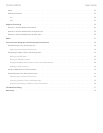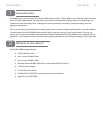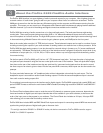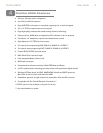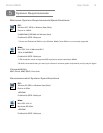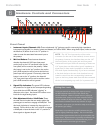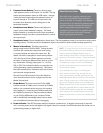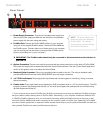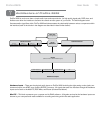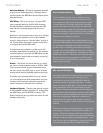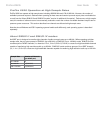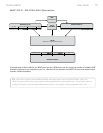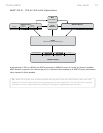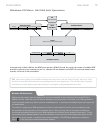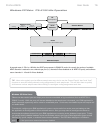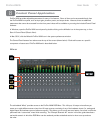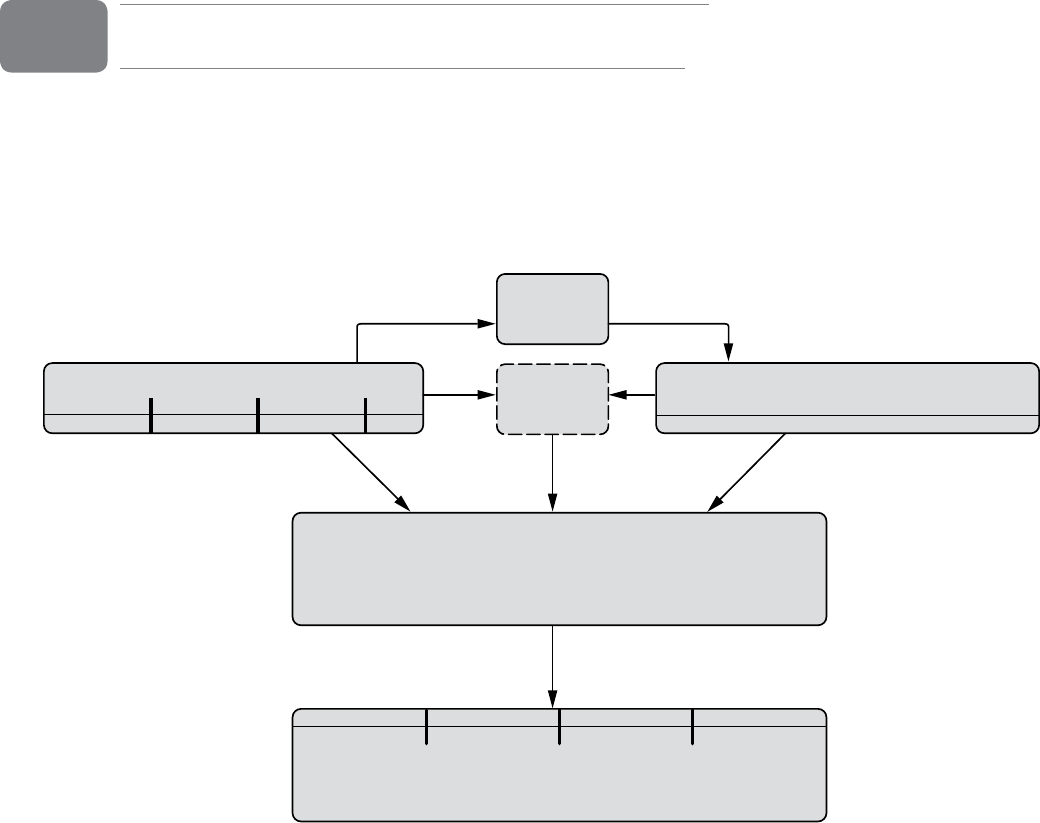
User Guide 10ProFire 2626
Architecture of ProFire 2626
ProFire 2626 is much more than a simple audio input and output device. Its high quality signal path, DSP mixer, and
flexible router allow the interface to become the central nervous system of your studio. The block diagram below
illustrates audio signal flow within ProFire 2626 and demonstrates the relationship between various components within
the interface (each of the blocks in the diagram are described in detail further below):
X
$30-IXER
2OUTER
3ELECTSOURCEFOREACHHARDWAREOUTPUT
(ARDWARE/UTPUTS
3OFTWARE2ETURNS(ARDWARE)NPUTS
\
\
\
\
\
\
\
\
\
\
\
\
\
\
\
\
\
\
\
\
\
\
\
\
\
\
\
\
\
\
\
\
\
\
\
\
\
\
\
\
\
\
\
\
!NALOG
!NALOG !$!4! !$!4" 30$)&
!$!4! !$!4" 30$)&
\
\
\
\
\
\
\
\
\
\
\
\
\
\
\
\
\
\
\
\
\
\
\
\
\
K(Z/PERATION-AC0#
-AC0#
!UDIO!PPLICATION
Hardware Inputs – These are the physical audio inputs on ProFire 2626 including the eight analog combo jacks, two
instrument inputs, two ADAT ports, and the S/PDIF connector. All signals that enter the interface through the hardware
inputs can be sent to the Mac/PC, DSP Mixer, and Router (all described below).
Mac/PC – This block represents your computer and its DAW software. All signals received at the hardware inputs can
be sent to your computer and made available for recording and mixing within the audio application.
7



